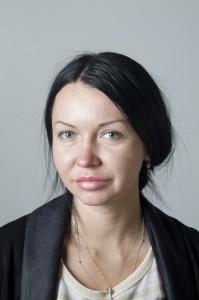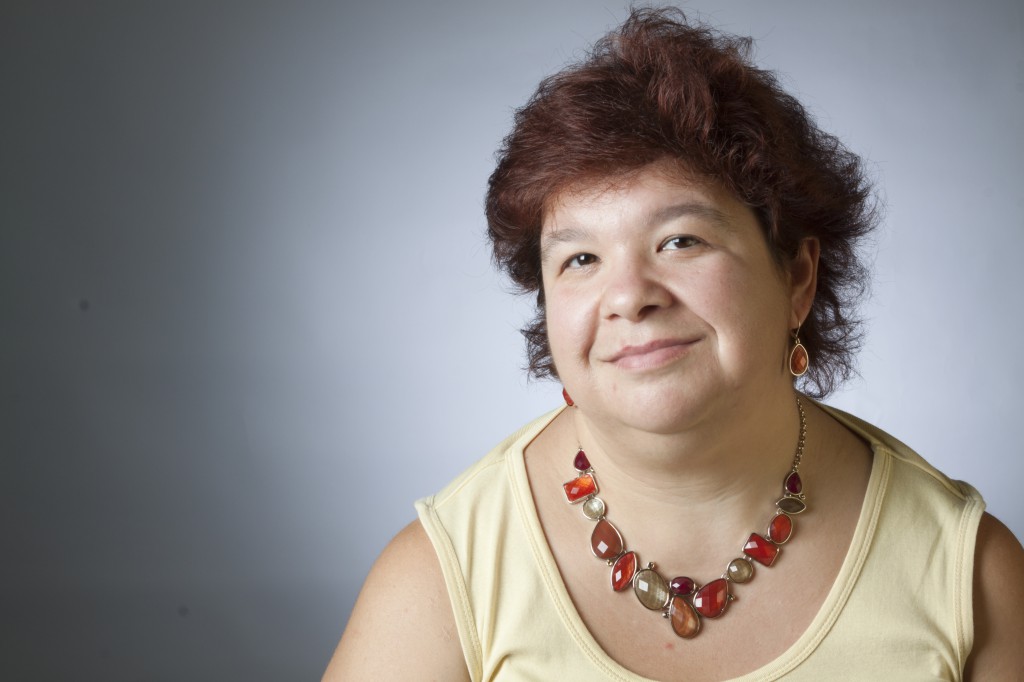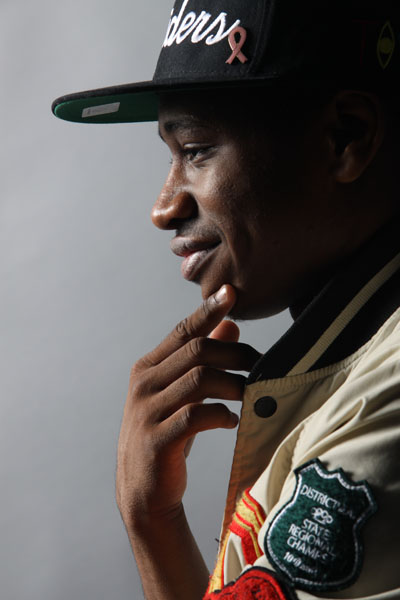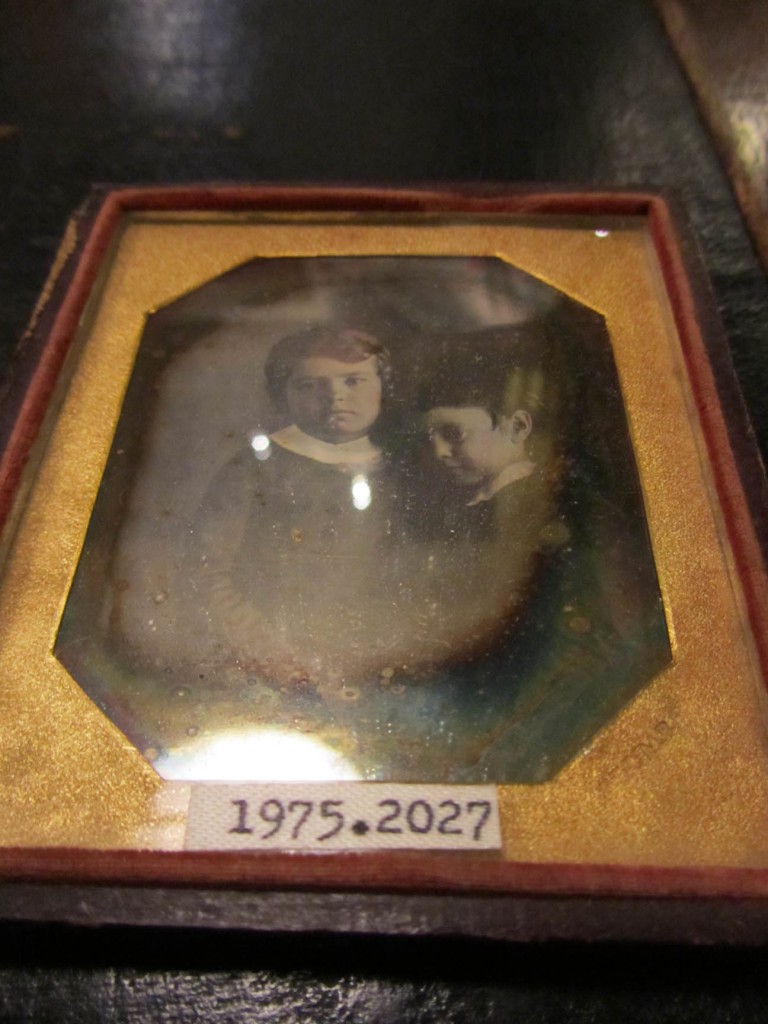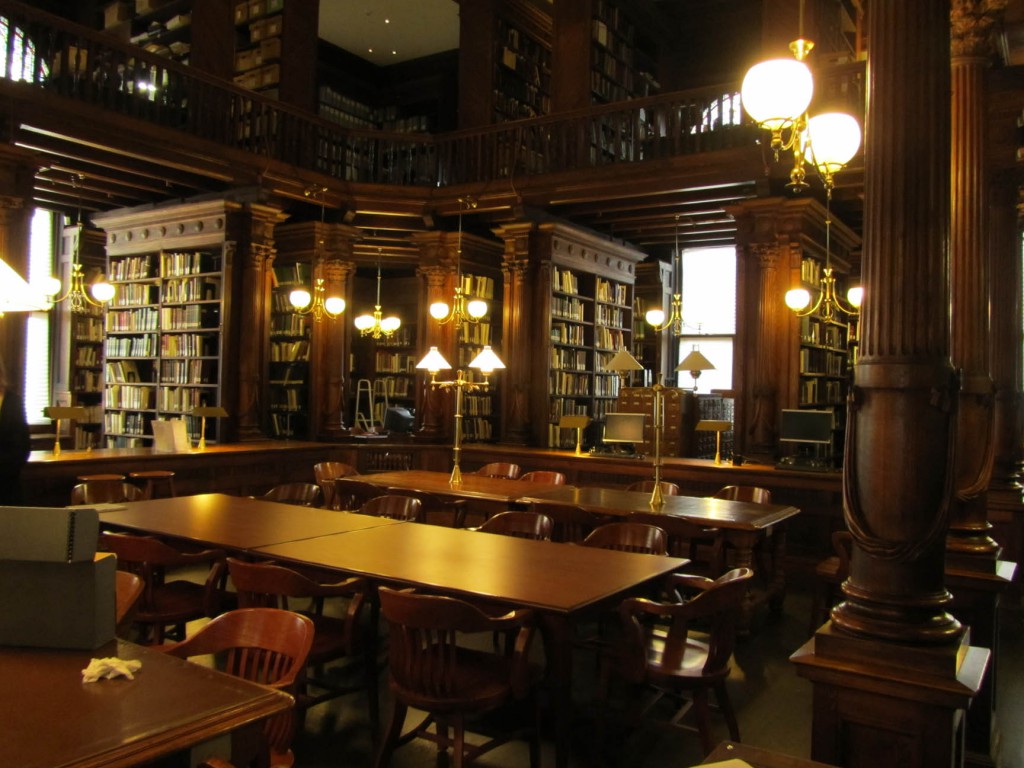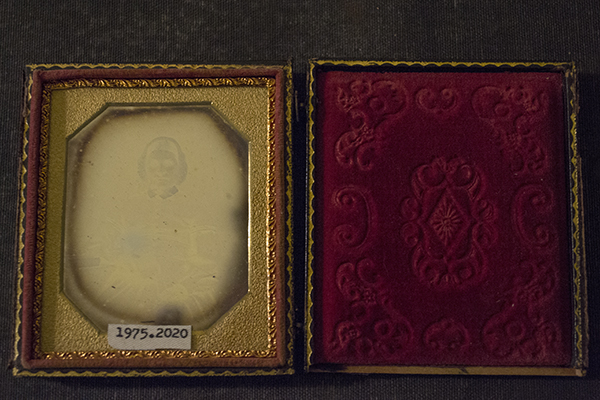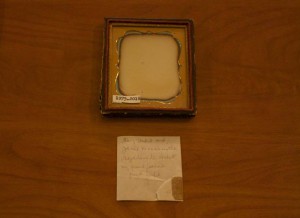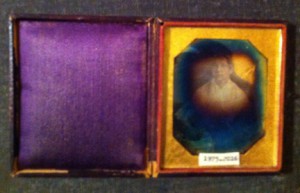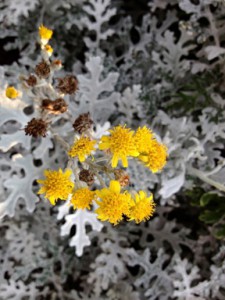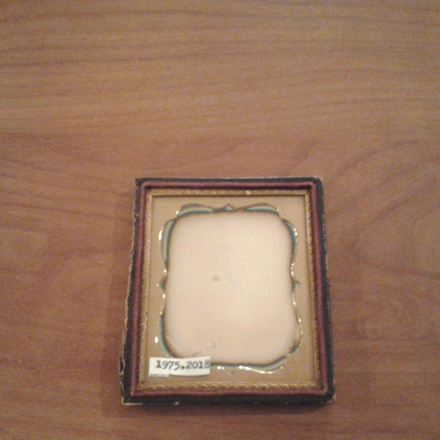1. What are important factors to consider when shooting a portrait?
When shooting a portrait, the most important factors to consider are the subject and the lighting. The subject needs to be able to cooperate in order to produce the best possible picture, and the lighting must work for the situation. For example, dramatic lighting is usually a minus when portraits are involved.
2. What is the difference between broad and short lighting?
In broad lighting, there highlights that falls on the side of the visible ear. This works for people with glasses. In short lighting, the highlights fall on the hairline.
3. In a classic basic portrait set up, what is the function of the main light?
The main light is there so a proper portrait can be taken, without exposure being too high or too low.
4. In a classic basic portrait set up, what is the function of the fill light?
The fill is meant to reflect light from the main light so the shadows become softer. Without it, there would be too much contrast and too much drama.
5. In a classic basic portrait set up, what is the function of the background light?
The background light is meant to separate the background from the subject, so the latter stands out more.
————
This was one of the best pictures we took, in my opinion.
I like that the shadows are so soft here, I didn’t think it was possible in a dark indoor setting.
The subject manages to stand out even without a background light.

